Invited Speakers
Laure Catala
|
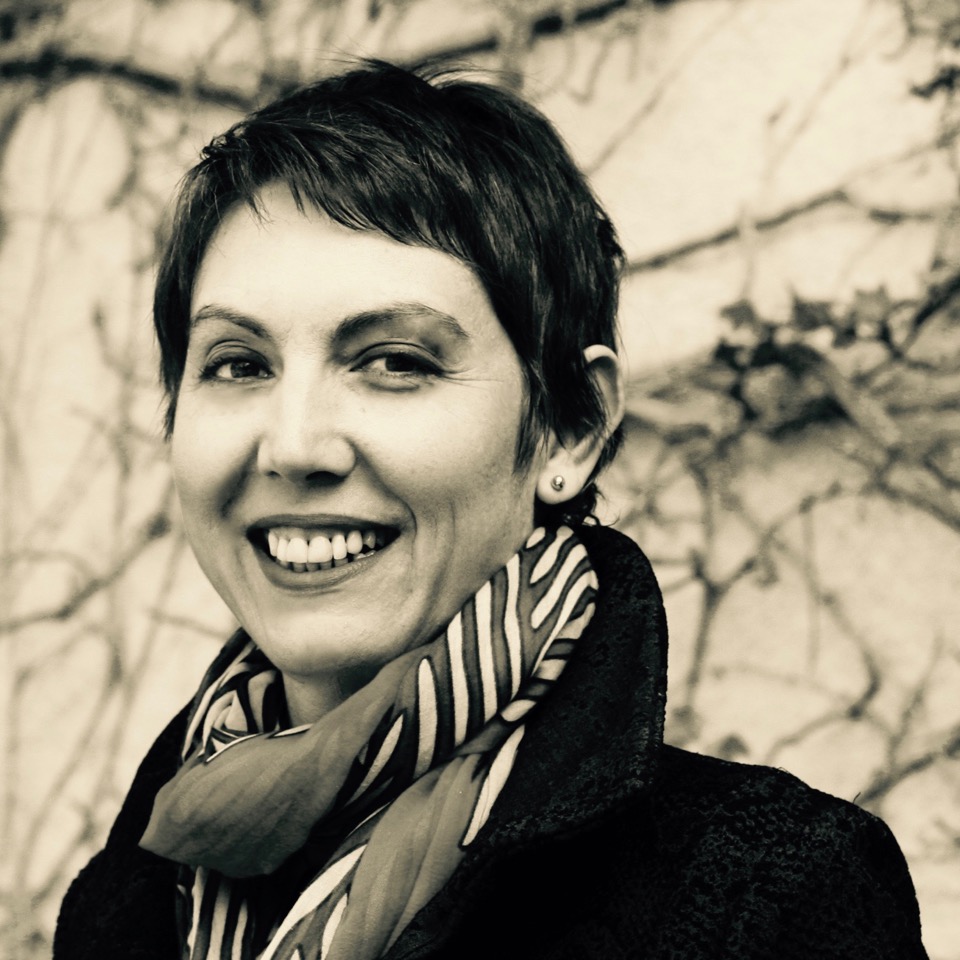
|
Laure Catala has been Professor at Université Paris Sud / Paris Saclay since 2016. In 1999, she obtained her PhD from University Louis Pasteur Strasbourg, on synthesis and EPR study of oligo radicals under the supervision of Prof. P. Turek. After two years spent as a postdoc on complexes involving radical ligands in Prof. J. Veciana team (ICMAB, Barcelona, Spain), she was appointed as Assistant Professor in 2001 at Université Paris Sud and joined Prof. T. Mallah team in the ICMMO laboratory. She was elected Junior member of IUF (Institut Universitaire de France) from 2013 to 2018.
Her research lies at the interface between coordination chemistry and nanoscriences, including the development of tailored simple and core-shell nanoparticles of coordination networks for data storage and theranostic.
Website
|
Eric Clot
|
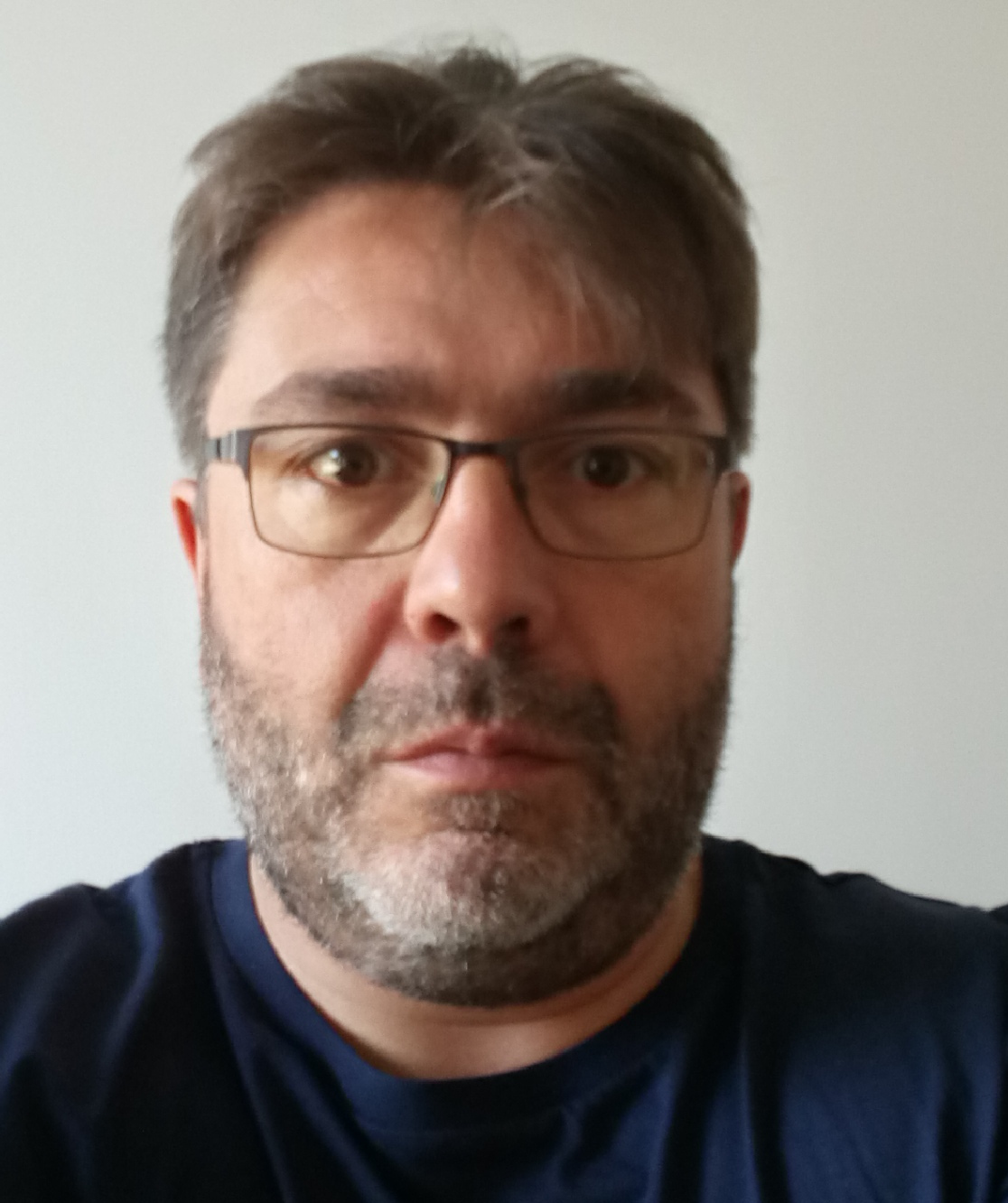
|
Eric Clot enrolled at the “Ecole Normale Supérieure” of Lyon (ENS Lyon), he became “Agrégé de Chimie” in 1990 and obtained a Master in Chemical-Physics at ENS Lyon in 1991. In 1995, he defended a PhD in theoretical chemistry at Orsay University (Paris Sud) under the supervision of Odile Eisenstein. In 1996, Eric Clot joined the theoretical chemistry laboratory created by Odile Eisenstein and Claude Leforestier in Montpellier (LSDSMS, UMR 5636) as a CNRS research-associate. He has been since 2007 research-director (DR) in the Institut Charles Gerhardt (ICGM, UMR 5253) and he is now Vice-Director of ICGM. His research interest focuses on the computational study of the reactivity of transition metal complexes, with specific interest in the activation of inert bonds and applications to catalytic functionalization of organic molecules. His research is conducted in close collaboration with many experimental groups throughout the world.
Website
|
François-Xavier Coudert
|
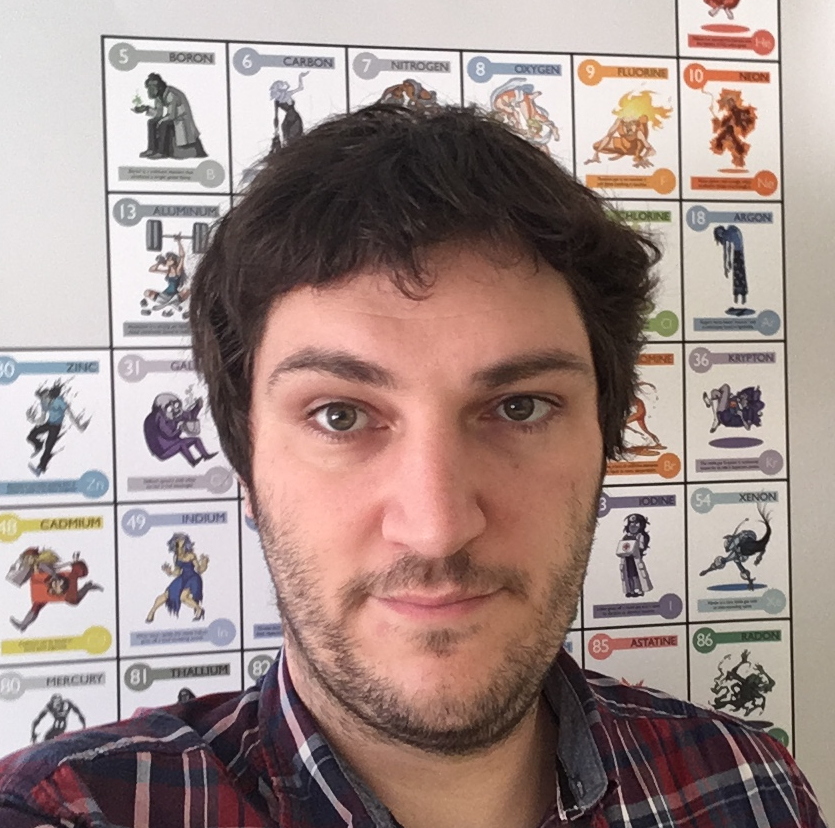
|
François-Xavier Coudert is a CNRS Researcher (chargé de recherche) at the Institut de Recherche de Chimie Paris, a joint CNRS / Chimie ParisTech research institute, in the Theoretical Chemistry & Modeling team. After gaining his University degree from Ecole Normale Supérieure (Paris), he obtained his PhD in 2007 from Université Paris-Sud 11, under the direction of Dr. Anne Boutin on “Water and the hydrated electron under confinement: physicochemical properties and reactivity”. He then pursued as a postdoctoral fellow at University College London in Prof. Richard Catlow’s department, under the supervision of Dr. C. Mellot-Draznieks, before joining CNRS in 2008.
His research is centered mainly on molecular simulation at various scales, covering first principles methods (quantum chemistry calculations, ab initio molecular dynamics), classical methods (force field-based molecular dynamics and Monte Carlo), and mesoscopic modeling. His interests lie in the physical and chemical properties of porous materials, and in particular in the adsorption of fluids and the behavior of nano-confined phases.
Website
|
Nicolai Cramer
|
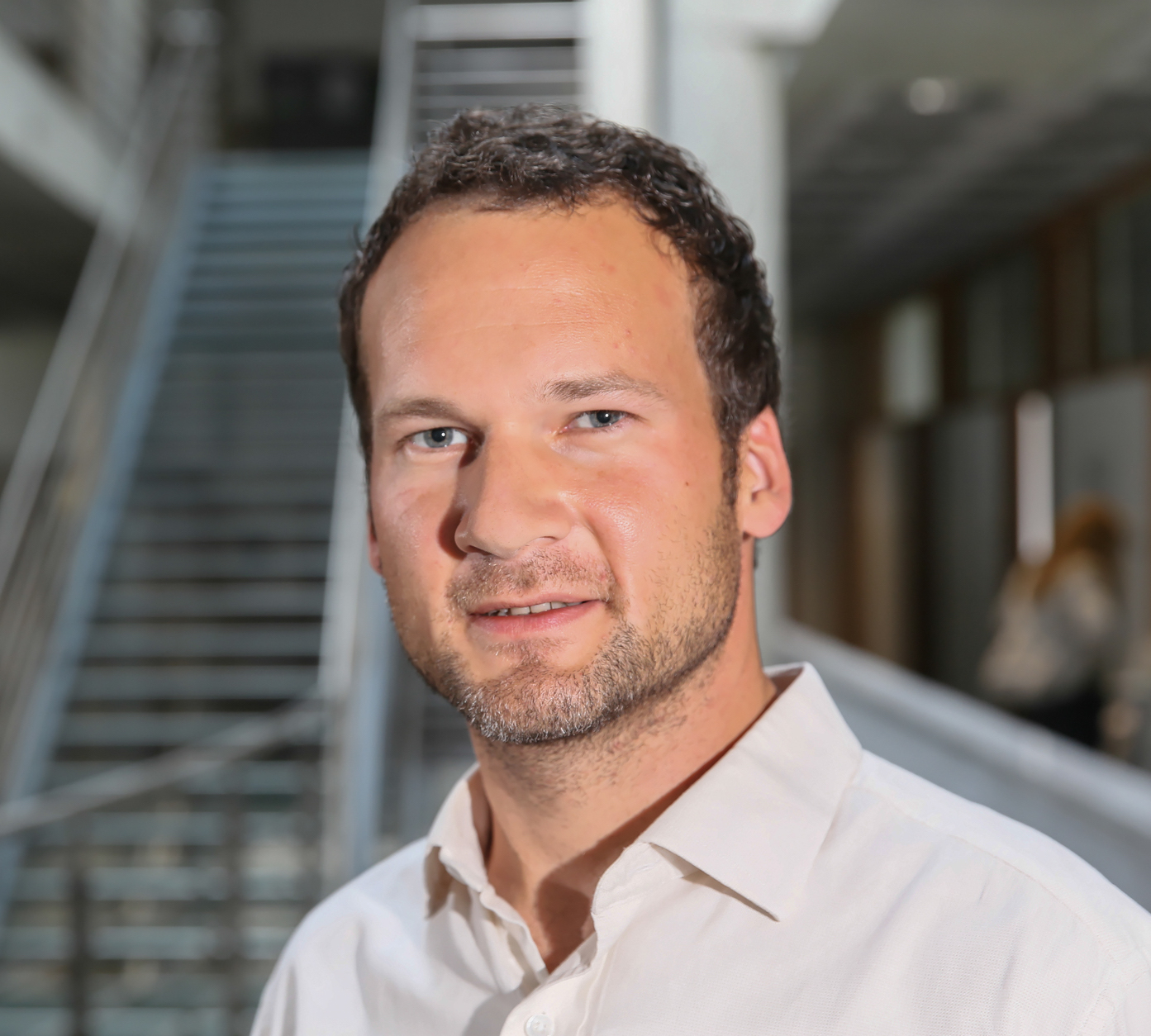
|
Dr. Nicolai Cramer was born in Stuttgart, Germany. From 1998-2003, he studied chemistry at the University of Stuttgart and earned his PhD in 2005 under the guidance of Professor Sabine Laschat. After a research stage at Osaka University, Japan, he joined the group of Professor Barry M. Trost at Stanford University as a postdoctoral fellow in 2006. From 2007 on, he worked on his habilitation at the ETH Zurich associated to the chair of Professor Erick M. Carreira and recieved the venia legendi in 2010. In 2010, he started as Assistant Professor at the EPF Lausanne and was promoted to Associate Professor in 2013 and to Full Professor in 2015.
His main research program encompasses enantioselective metal-catalyzed transformations and their implementation for the synthesis of biologically active molecules.
Website
|
Valérie Heitz
|
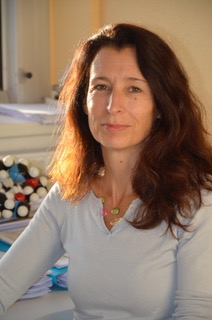
|
Valérie Heitz is Professor at the Chemistry Department of the University of Strasbourg. She obtained her PhD degree with Prof. J.P. Sauvage in 1992. After post-doctoral studies with Pr. A. Harriman (University of Austin, USA) she was appointed assistant professor at the University of Strasbourg. She was then involved, in the group of J.-P. Sauvage, in many projects involving catenanes and rotaxanes for artificial photosynthesis and molecular machines.
Since 2010, she has been the leader of the “Laboratoire de Synthèse des Assemblages Moléculaires Multifonctionnels”. Her main interests include supramolecular coordination chemistry, the design of multicomponent systems incorporating porphyrins, switchable systems, stimuli-responsive nanoreceptors and bifunctional molecules for theranostic applications.
Website
|
Michael Hill
|
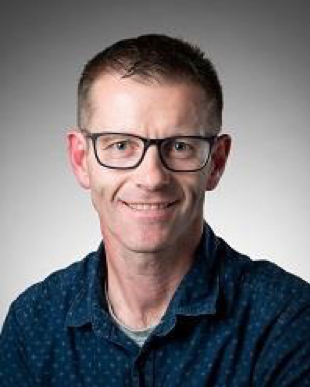
|
Mike Hill is from St Helens, Lancashire, UK. He completed both his BSc (Hons) and PhD degrees at The University of Bath, the latter under the supervision of Professor Kieran Molloy. After initial postdoctoral work with Professor David Atwood in Fargo, North Dakota, he spent a brief period in industry with Pilkington plc before returning to academia as a postdoctoral fellow in the group of Professor Colin Eaborn FRS and Dr David Smith at The University of Sussex. He was awarded a Royal Society University Research Fellowship at the same institution in 2000 and was appointed to a Lectureship at Imperial College London in 2002. He returned to a Readership in Bath in 2007 where he is now Professor of Inorganic Chemistry. Described in about 180 publications, his research interests are rooted in synthetic inorganic chemistry with a particular emphasis on the use of main group compounds for small molecule activation, catalysis and as materials precursors.
Website
|
Blanca Martin-Vaca
|

|
Blanca Martin-Vaca has been Professor at the Université Toulouse III Paul Sabatier since 2008. After having completed her Bachelor degree at the University of Oviedo (Spain), she completed her PhD in 1995 under the supervision of Prof. J. Gimeno. She then became postdoctoral fellow at the Université Pierre et Marie Curie Paris VI at the Laboratoire de Synthèse Organique et Organométallique under the direction of Dr. H. Rudler, working on the synthesis of ylure and pyridinium complexes and cyclization cascade reactions. She joined the Université Toulouse III Paul Sabatier in 1997 where she was appointed as Assistant Professor in 1998. Her research focuses on: controlled synthesis of biodegradable polymers; cyclopentadienyl ligands with phosphazene moieties; organic catalaysis of polymerization; cooperative catalysis and bimetallic complexes.
Website
|
Jonathan Nitschke
|
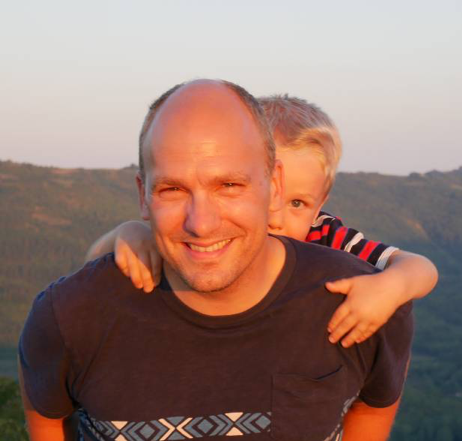
|
Jonathan Nitschke received his bachelor's degree from Williams College (USA) in 1995 and his doctorate from the University of California, Berkeley in 2001 under the supervision of T. Don Tilley. He then undertook postdoctoral studies with Jean-Marie Lehn in Strasbourg under the auspices of a US NSF fellowship, and in 2003 he started his independent research career as a Maître-assistant (fixed-term independent PI) in the Organic Chemistry Department of the University of Geneva. In 2007 he was appointed University Lecturer at Cambridge, where he now holds a Professorship. His research program investigates the self-assembly of complex, functional structures from simple molecular precursors and metal ions.
Website
|
Grégory Nocton
|

|
Gregory Nocton has been a CNRS Researcher at the Laboratoire de Chimie Moléculaire UMR 9168 since 2011 and Lecturer at Ecole Polytechnique since 2017. After a Master degree conducted between Reims, München and Grenoble, he gained his PhD at CEA Grenoble (France) under the supervision of Prof. M. Mazzanti. He then joined Prof. D. Andersen’s group at the University of California Berkeley (USA). In 2016, he was awarded CNRS bronze medal, and was awarded an ERC Starting Grant in 2017.
His research is at the interface of organometallic and coordination chemistry for the design of original molecules the equivocal electronic structure of which leads to specific reactivity or physical properties. This includes the in-depth study of electron transfer mechanisms in complexes based on non-innocent ligands by X-ray diffraction, NMR, magnetic properties inspection, EPR, optical measurements, and so on.
Website
|
Guy Royal
|

|
Guy Royal has been Professor at the Université Grenoble Alpes since 2009 in the Chimie Inorganique Rédox team of the Department of Molecular Chemistry. After gaining his PhD degree at the University of Burgundy in 1998 under the supervision of Prof. R. Guilard where his orked focused on macrocyclic chemistry, coordination chemistry and electrocatalysis, he joined the group of Prof. K. M. Kadish at the University of Houston before being appointed as Assistant Professor at the University of Grenoble in 1999.
His research deals with the design (synthesis and characterization) of molecular switches. In particular, he focuses on coordination polymers whose properties can be switched by external stimuli (chemical reactant, electric pulse, light, etc.) as well as on molecular architectures and materials involving photochromic units.
Website
|
Roberta Sessoli
|

|
Roberta Sessoli obtained her PhD in Chemistry in 1992 at the University of Florence working on low dimensional molecular magnetic materials with Prof. Dante Gatteschi and performing part of her studies at the Institut d'Electronique Fondamentale - Université Paris-Sud with Dr. Jean-Pierre Renard. She developed her career at the University of Florence as an associate professor since 2000 and full professor since 2012. She is a research associate of CNR-ICCOM and a member of the Scientific Council of the Italian Society of Chemistry.
As an experimentalist and a pioneer in the field of Single Molecule Magnets she has collaborated with many chemists and physicists to develop novel materials and novel investigation methodologies. For her scientific achievements she has been selected as a member of the Science and Technology Advisory Council of the President of the European Commission (2013-2014) and she received prestigious prizes such as the Distinguished Woman in Chemistry award from IUPAC (2015), the Lecoq de Boisbaudran award from the European Rare Earths Society (2015), and the Agilent Technologies Europhysics prize (2002). In 2010 she has been awarded with an ERC Advanced Grant.
Website
|
Jalila Simaan
|
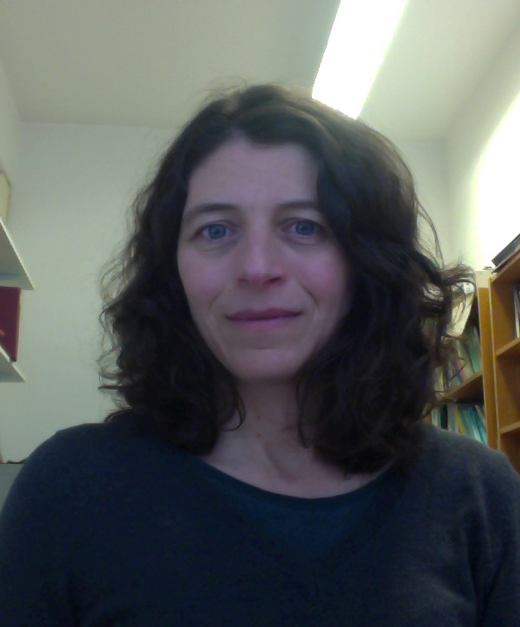
|
Jalila Simaan is CNRS Research Director at the Institut des Sciences Moléculaires in Marseille. After gaining a Master degree from Ecole Normale Supérieure (Cachan) and “Agrégation de Sciences Physiques” (1996), she obtained her PhD in biorganic chemistry from the University of Orsay under the supervision of Prof. Frédéric Banse and Prof. Jean-Jacques Girerd. She then took on a PDRA position in Prof. Peter Hildebrandt’s group (in Germany then Portugal), where she studied electron transfers in redox proteins anchored on electrodes by Surface Enhanced Resonance Raman Spectroscopy (SERS).
Since she joined CNRS, her research has been focusing on metallic ions in biology through multidisciplinary approaches, including bioinorganic chemistry, the study of biological systems and spectroscopy. In particular, she scrutinizes activation mechanisms of small molecules (O2, H2O) by metallic centers, the protein structural dynamics and applications in biocatalysis and biotechnology.
Website
|
|

